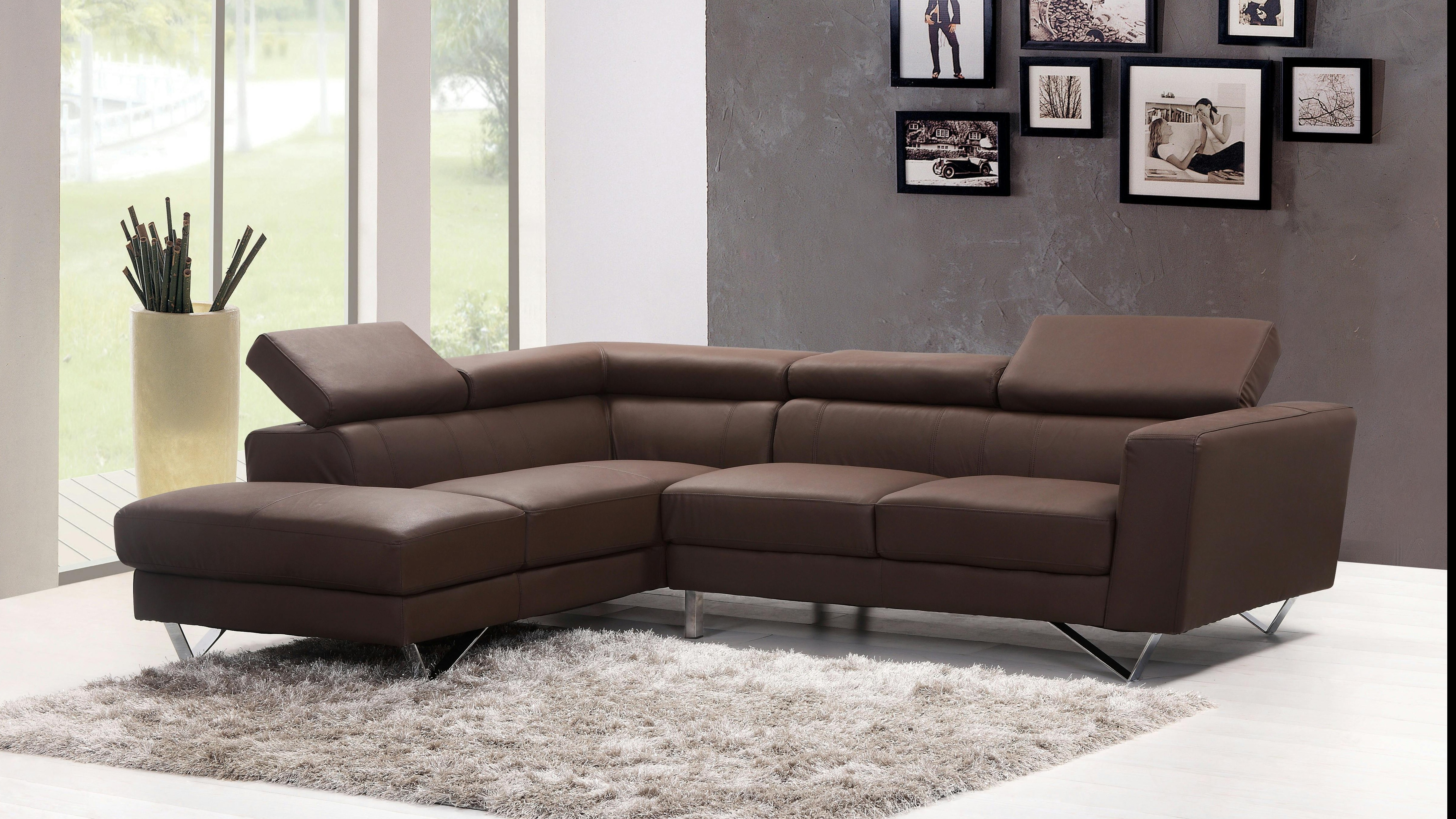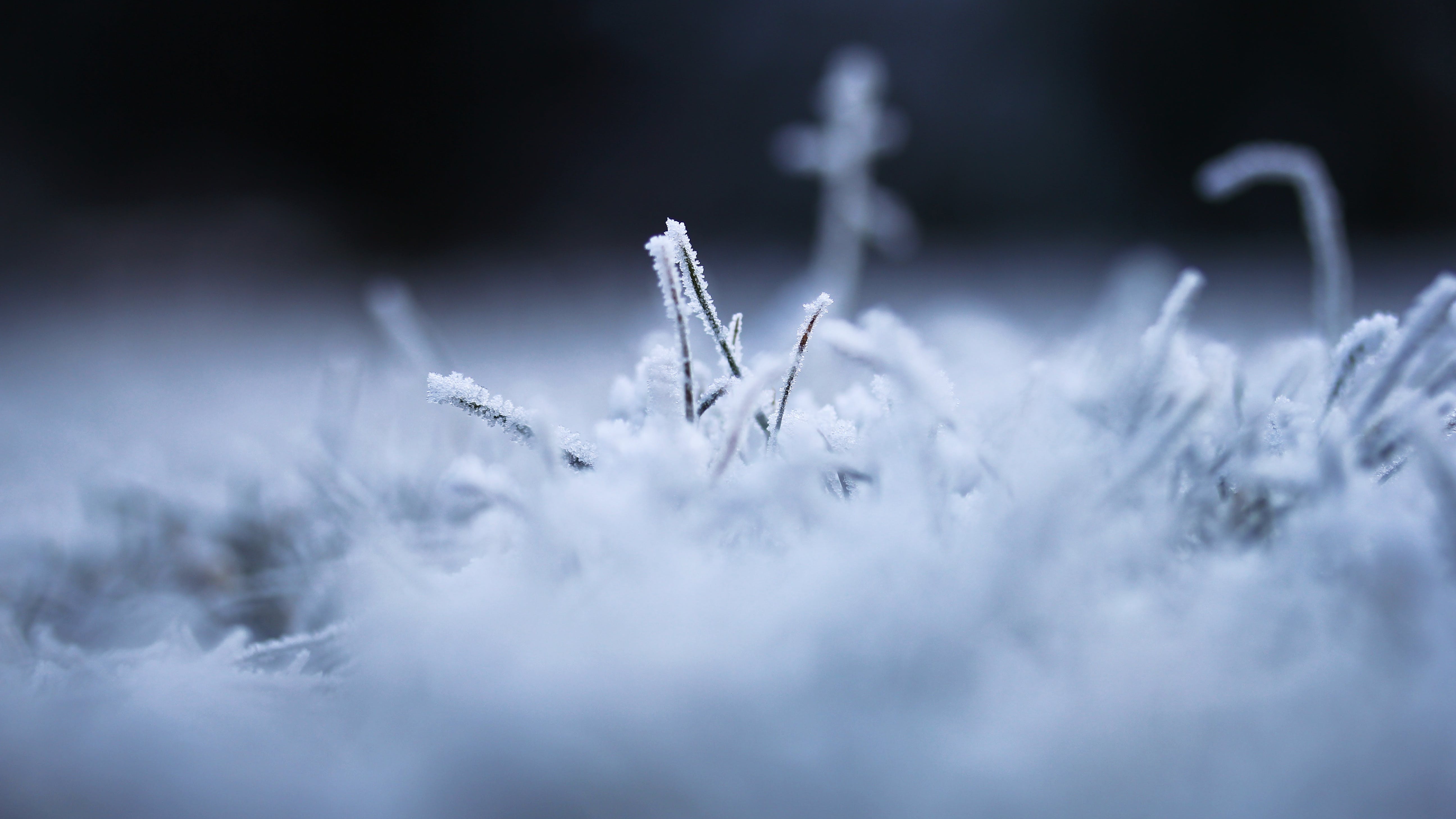There are numerous kinds of carpet fibers however the most typical are nylon, polyester, polypropylene, acrylic, and wool. Carpets are made by looping these fiber yarns through the support material, like how a button is stitched onto a t-shirt. These loops of fiber can then be left either unchanged or cut at numerous angles and lengths. How the fiber loops are dealt with is referred to as the carpet pile.
2 characteristics of carpet are primary factors to consider when choosing a carpet: the kind of natural or artificial fiber used in the building and construction, and the pile-- how the loops of fiber are connected to the carpet support. These characteristics determine the the functionality of a carpet: how it feels underfoot, and its wear characteristics.
Nylon
Nylon is really soft, long lasting, and resistant to stains and abrasion. It is one of the most popular carpet fibers and lots of synthetic carpets are made of nylon. It has great resistance to traffic, mold, mildew, and rot. It is simple to dye and it holds its color well. It is typically cost effectively priced-- more economical than wool but more costly than other synthetics. These carpets, if looked after well, can last 12 to 15 years, making them among the most durable of synthetic fibers.

Polypropylene (Olefin)
Polypropylene is another popular carpet fiber, used in industrial applications and growing numbers of domestic settings, and is nearly as soft as nylon. Likewise known as olefin, polypropylene fibers are similar to natural wool and are often utilized as a synthetic wool replacement. This carpet classification is highly stain-resistant but is vulnerable to staining and holding onto oils which in turn, gather dirt. It is, however, relatively easy to clean-- bleach can even be used in many cases.

Polypropylene is not as resilient as nylon, so is for that reason typically used for loop-style carpets, such as Berbers. The expense of polypropylene is somewhat less than most nylon carpets but more than polyester and acrylic.
Polyester
Polyester is valued for its capability to hold vibrant, fade-resistant colors. Since it is manufactured, the fiber is also more hypoallergenic than some others. One type of polyester carpet, referred to as polyester/PET, is made from recycled plastic bottles, making it eco-friendly. Its main downside is that polyester is vulnerable to flattening under weight, making it a bad carpet classification hoice for high-traffic locations. It can also be vulnerable to oil discolorations, which are extremely tough to remove from polyester fiber.
Acrylic
Often marketed as "artificial wool" since it offers the feel and appearance of wool at a portion of the rate, acrylic has excellent resistance to static electrical energy, moisture, mildew, fading, and staining.

However it is not a really durable product, and it does not hold up well in high-traffic areas. It is in some cases blended with wool. Acrylics can often turn brown if stained with specific alkaline chemicals, such as those found in cleaning products.
Wool, a natural, luxurious, lasting material, is the softest carpet fiber you can find. Sadly, low-grade wool is more prone to staining, while high-grade wool is incredibly costly. Some manufacturers combine wool with synthetic fibers to develop a carpet with the advantages of both. Wool/acrylic blends are particularly common.
Pure wool carpet is made with no chemicals or additives, which makes it an excellent option for those with allergies or sensitivities to chemicals. However as a natural product, wool can be prone to damage from mold and mildew, which eat natural compounds. Wool is therefore not a good choice for locations where high humidity and moisture are an issue.
Loop Pile
Likewise known as "uncut pile" or "Berber pile" (called for a specific type of knotted stack utilized in North Africa), loop stack leaves the entire yarn loop intact on the surface of the piece. These carpets tend to be highly long lasting and resistant to stains, making it simpler to clean the carpet. These types of carpet are perfect for high-traffic business applications or high-traffic household areas, such as leisure spaces. Loop stack carpets likewise don't show indentations triggered by footprints and vacuum marks.
Loop stack carpet can be found in variations, such as a level loop, where the fiber loops are all the exact same length, and patterned loops, where the loops are different heights. It is likewise possible for a carpet to have cut-and-loop construction, where some fibers are cut and others are looped.
A particular type of loop-pile carpets is the sisal carpet, in which loops of different colors, and often different heights, are arranged in rows, to produce a textured, patterned surface area
The loops of uncut pile are not just less soft and cushioned than cut-pile fibers, however professionals caution how they can also be a snagging risk, especially for pets or small children.
Cut Pile
Cut pile is a style of carpet where the exposed fibers are sheared off. This normally produces soft, welcoming, easy-to-clean carpets. Different styles can be produced by altering the angle of the shearing that slices the loop, or by utilizing different treatments on the thread before and after it is placed into the backing.
Cut pile comes in different lengths and thicknesses, and these carpets work well when a whole house is carpeted, as it mixes well from room to room.
On the downside, cut pile makes it simpler to see footmarks and vacuum trails. This propensity can be lowered by the twist of the fiber.The individual fibers contain a twist that helps the carpet withstand matting and crushing. The much heavier the twist, the more resistant the carpet will be to matting. Heavy twist also assists produce texture that hides wear and dirt.
Although far more popular than loop-pile carpet, cut-pile carpets are not as durable and will need to be changed regularly. They are available in several variations, consisting of shag carpet, a term that describes a deep stack carpet including long-haired fibers that are soft to the touch. Shag carpet is now relatively unusual, but other specialized cut-pile forms are rather popular and utilized for particular effects.
Saxony Pile
The term saxony pile refers to a specific type of cut-pile carpet classifications with fibers that are extremely soft and thick. The relatively short fibers stand directly and down to create a lavish, fuzzy surface area.The drawback to this design is that those hairs are easily crushed down by feet and vacuum, leaving impressions on its surface area. It is also prone to wear-and-tear, along with staining, making saxony carpets a flooring treatment best matched for use in low-traffic areas, such as official living rooms or dens. They are also somewhat more costly than traditional cut-pile carpets.
Plush Pile
In some cases called velvet-cut stack, this style is a variation of cut stack in which the fibers are even much shorter than with a saxony cut and really densely jam-packed, which creates a rich and glamorous carpet surface area. Regrettably, this carpet design is fairly unstable. Prone to using down, scuffing, and revealing footprints, velour carpet pile must only be utilized in elegant, low-traffic settings.
Textured Cut
The term textured-cut stack refers to a form of cut-pile carpet in which the fibers are of unequal lengths.

They are also twisted into spiral hairs using an unique steam treatment that curls the individual hairs so that they stay kinked. This style is likewise called "trackless" due to the fact that it does not reveal footprints and other marks on its surface as do other cut stacks, such as saxony. The spiral strands do not reflect light as much as straight hairs, so it's not as visible when spirals are crushed down. This pile is suitable for mid- to top-level traffic areas.
Frieze-Cut
The term frieze-cut stack refers to a carpet in which reasonably long cut fibers are twisted together and kinked, causing them to curl erratically throughout the surface area of the carpet. (This design is sometimes referred to as California shag.) This extremely long lasting style tends to hide dirt and wear and is suitable for high-traffic and industrial settings.
Toned Pile
A sculptured carpet has both looped and cut-pile fibers, which produces height and texture variations in the surface area of the carpet. These carpets are often referred to as cut-and-loop or patterned carpets. The various fiber cuts are often set up in geometric patterns, offering the carpet a three-dimensional texture. The different fiber cuts can all be the same length (level cut-and-loop), or they can be at different heights (textured cut-and-loop).
Carpet Padding
The life expectancy of your carpets can largely depend on the type of carpet cushioning you select. Utilizing a bad quality, incorrect, or no pad can trigger your carpet to wrinkle, buckle, delaminate, damage seams, or quickly break the carpet, not to mention revoke the carpets's service warranty.
Carpet cushioning is generally made from types of foam, artificial fibers, or rubber, and there are various grades, densities (weights), and densities offered.

However, bear in mind that thicker isn't constantly better for some carpets. For instance, a Berber carpet needs a thin but firm pad. If you have a radiant flooring, you will need a non-insulating rug.
- What is the most durable kind of carpet?
Nylon carpet has been the traditional winner for the most resilient carpet. However, triexta is a newcomer carpet fiber that is extensively considered even more durable than nylon.
- What is the most low-maintenance carpet?
Low-pile nylon carpets are considered to be the easiest to tidy and maintain.
- What type of carpet remains the cleanest?
Carpets made of synthetic fibers will remain the cleanest due to the fact that they don't easily absorb discolorations. It's really easy to eliminate stains from synthetic carpeting.

 Add
Add 
 Add Row
Add Row 













Write A Comment